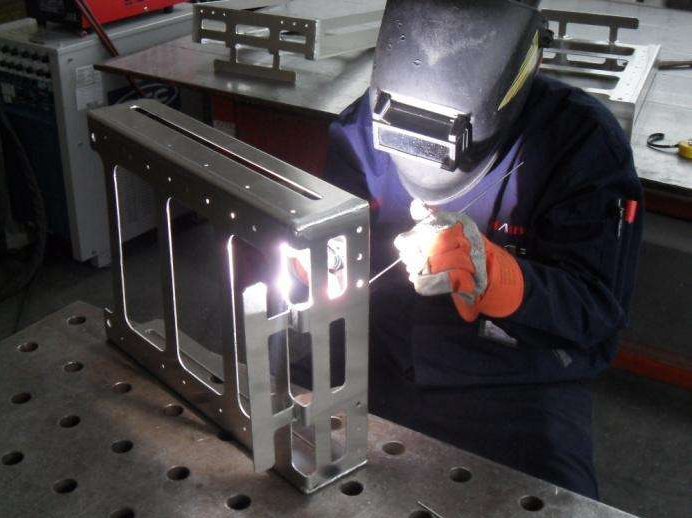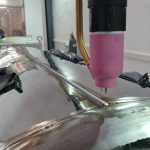Everything is difficult at the beginning, and newcomers to welding are no different, they always need to learn the skills to get started in order to be comfortable. Today, we share with you newbie tips, a total of three steps, the hierarchy is clear, easy to remember, and understand.
Easy to Weld.
Welding Town
Step 1: learn how to adjust the current
The problem of regulating the current is a constant throughout a welder’s career and determines the quality of the weld, so beginners should pay enough attention to it.
Today, however, it is not necessary to understand the problem of current completely, just to have a preliminary understanding.
The way to do this is to adjust the current according to the diameter of the weld and the welding rod.
Generally speaking, the welding piece is around 5 mm or thicker plate, usually using a 2.5, 3.2, or 4.0 diameter welding rod. The current is calculated as follows: electrode direct * 40 = welding current.
Step 2: the steady, controlled effort of the hand
Control is the trick to the whole welding process. Basic controls include hand stability, the height of the arc length, and the inclination of the welding rod.
Take flat welding as an example, current 130, electrode 3.2.
The hand holds the welding handle without shaking and keeps walking in a straight line at an even speed, and the height of the arc length is always maintained at 2-3 mm in the process of transporting the rod.
The inclination of the electrode (i.e. the angle between the electrode and the weld) is always kept at 70-80 degrees.
In this way, you will get a flat, even, and qualified weld.
Step 3: Start welding
A good start is half the battle, also with a current of 130 and a welding rod of 3.2 as an example.
When holding the welding handle and striking the weld with the electrode to start the arc, note that the electrode should be tilted to scratch the weld, not perpendicular to the weld, to avoid the electrode sticking together and thus starting the arc.
In this way, the weld can be started, and all the following problems will be watertight and logical.
If you follow the three steps above, you will usually be able to pick up the welding handle within ten minutes, even if you are a beginner.
Electric welding may seem easy, but there is a great deal to be said for the so-called understanding of welding, not only knowing electricity, metal materials, knowledge of the smelting process, the role of flux skins, and chemical composition and gas composition but also to know various metal materials, welding materials, welding equipment knowledge, etc.
After years of technical training, I know how to study and breakthrough, comprehensive mastery, in order to become a good qualified welder.











